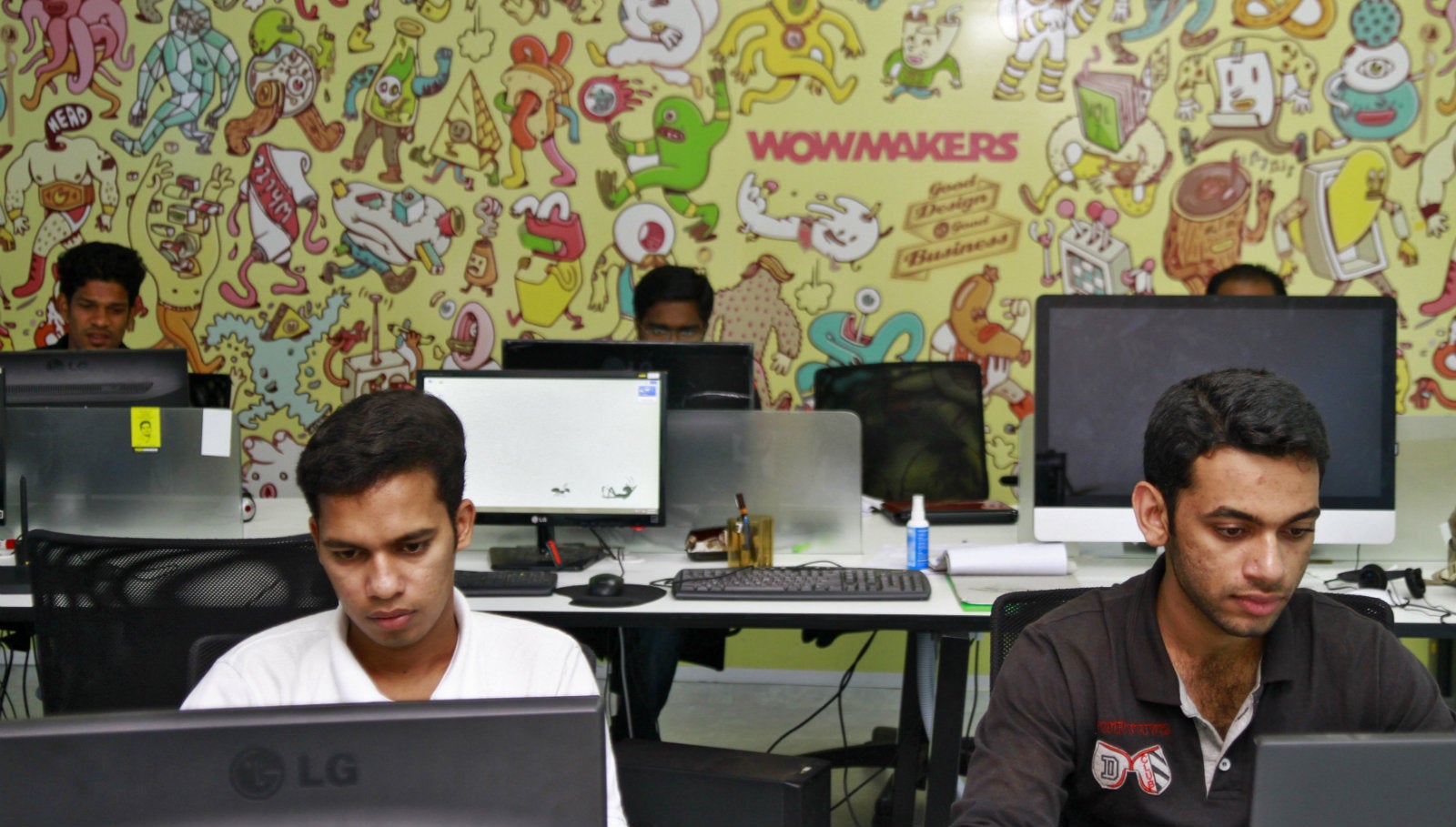Indian banks are finally wooing startups—but where’s the money?
After years of thriving on private investments, the Indian startup ecosystem—one of the fastest growing in the world—has finally caught the attention of commercial banks.


After years of thriving on private investments, the Indian startup ecosystem—one of the fastest growing in the world—has finally caught the attention of commercial banks.
This year, both public and private banks have announced several measures to help startups—from helping them set up companies to even branding and marketing. However, there is one key initiative that is missing: financing.
What are banks doing?
On Jan. 14, the State Bank of India (SBI), the country’s largest lender, opened a dedicated branch in Bengaluru for startups. “We had been thinking of starting a dedicated branch for quite some time. Startups have a different kind of requirement. These are young entrepreneurs in their early 20s and 30s and many don’t even have bank accounts,” Rajni Mishra, chief general manager of SBI, Bengaluru circle, told Quartz.
“They need a lot of advice in terms of compliance, remittances, and foreign exchange, among others. So we thought we need to take them out of the normal branches,” she added.
The SBI branch, called InCube, will help startups register their companies, manage financial accounts for employees and do paperwork when raising funds from foreign investors.
Mishra said InCube is different from their other offices—the employees are young, and the ambience is more “coffee-shop-like.” The government-owned lender wants to open similar branches in Mumbai and Delhi too.
In January, RBL Bank, a private lender based in Kolhapur, Maharashtra, also launched an initiative called India Startup Club. This will help startups find chartered accountants, offices, and co-working spaces. It will also help with social media marketing, branding, and customer relationship management. DCB Bank, a private lender, has tied up with institutions such as the Birla Institute of Technology & Science, Pilani, Rajasthan, to launch entrepreneurship programmes.
This is not a ”sudden interest,” said Rana Vikram Anand, who heads segments and products, business and branch banking, at RBL Bank. The bank had been watching this space for several months, he added.
“Normally, when you want to do something for a customer, you look for a reasonable number that is available. Otherwise, it just doesn’t work out because you don’t really get down to an individual customer and create products and offerings for them,” Anand said.
Everything but money
Right now, it’s not easy for an entrepreneur to get a bank loan. Typically, a loan needs a collateral, and for a young entrepreneur that is a big problem. Even under the current collateral-free loan scheme for startups, only companies funded by venture capitalists (VCs) or angel investors can apply.
When Shankar Prasad, a former top executive of Bharti Airtel and Tata Communications, wanted to set up a startup in 2013, he was clear that he wanted to build a certain scale before going for VC funding. So he approached several banks for loans, but was unsuccessful.
Eventually, Prasad used his personal assets and savings as collateral to get a loan for his startup, Snaxsmart, which installs and maintains health-food vending machines at hospitals and offices.
“I had a collateral to offer because I had worked for years before I did my startup. Young entrepreneurs, most of who are right out of college, won’t be able to do that,” Prasad told Quartz. “So, the only choice they are left with is to raise funds through equity, which is very costly. They will be forced to dilute their stake at a low valuation.”
But banks say there is no pressing need for them to extend loans since a lot of VC money is now available.
Lending by banks will continue to depend on the “solidity of the model,” Praveen Kutty, head of retail and SME banking, DCB Bank, told Quartz. He said profits for most startups are very thin, and for a financier, cashflows are very important.
“And that I don’t see changing too much,” Kutty said.